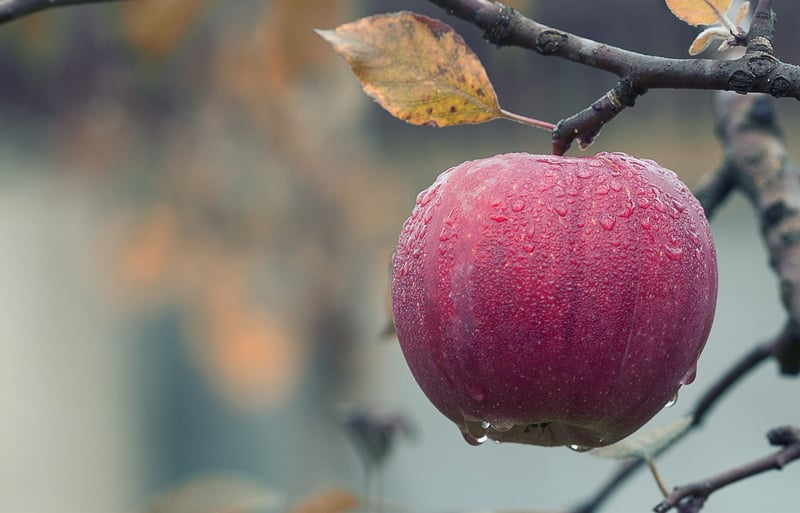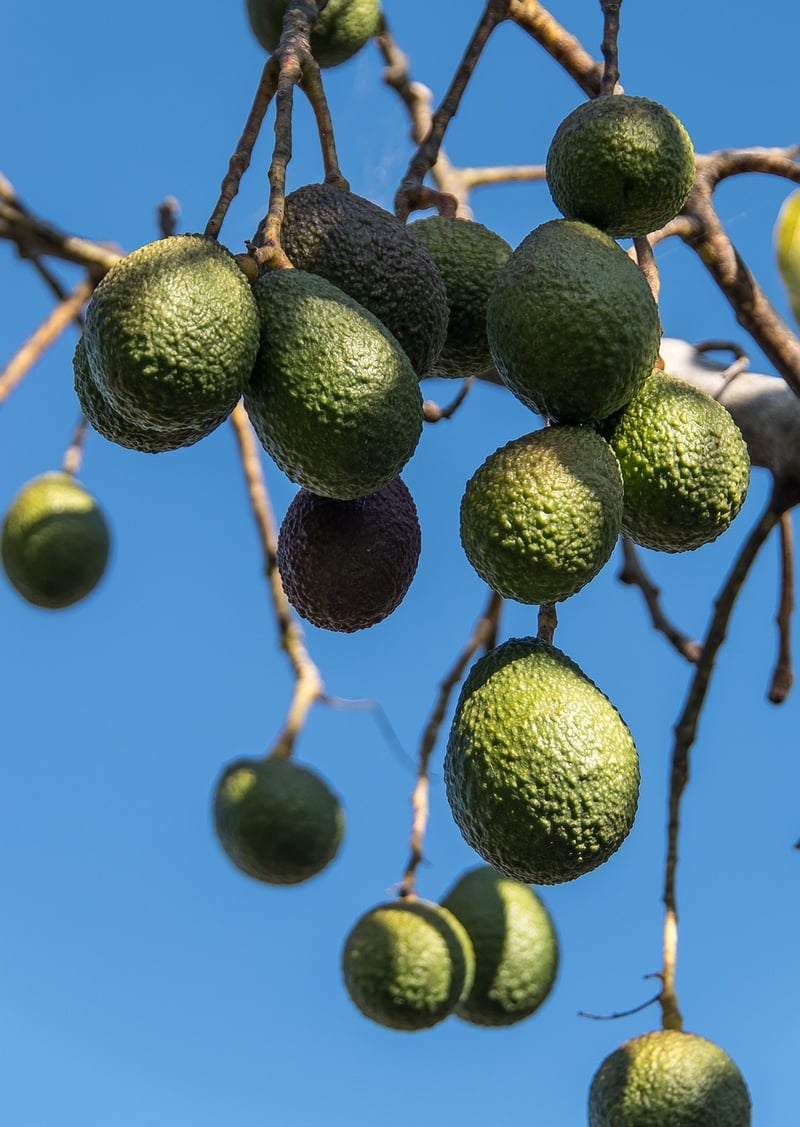Fruit Tree Planting
Tips for Growing Food in Urban Settings
Introduction
Urban gardening is becoming increasingly popular as people seek to reconnect with nature, reduce their carbon footprint, and enjoy the benefits of fresh produce. Here are some tips to help you grow food in urban settings successfully.
1. Choose the Right Plants
Opt for plants that thrive in containers or small spaces like herbs, salad greens, tomatoes, peppers, and strawberries. These crops are well-suited for urban environments and can be grown on balconies, rooftops, or windowsills.
2. Use Vertical Space
Maximize your growing area by utilizing vertical space. Install trellises, hanging baskets, or wall-mounted planters to grow vining plants like cucumbers, beans, and peas.
3. Select the Right Containers
Choose containers that are large enough for your plants' root systems and have drainage holes to prevent waterlogging. Consider using recycled materials like buckets, crates, or old tires for a sustainable option.
4. Provide Adequate Light
Most vegetables and herbs require at least 6-8 hours of sunlight daily. If your space lacks natural light, consider investing in grow lights to ensure your plants receive the light they need to thrive.
5. Regular Maintenance
Water your plants regularly, monitor for pests, and fertilize as needed. Urban environments can be challenging for plants, so staying on top of maintenance tasks is crucial for a successful harvest.
Fruit Tree Planting
1. Choose the Right Tree
When selecting a fruit tree for urban planting, consider the available space, climate, and sunlight exposure. Dwarf or semi-dwarf varieties are ideal for small yards or containers.
2. Planting and Care
Ensure your fruit tree is planted in well-draining soil and receives adequate sunlight. Water regularly, especially during the tree's establishment period. Prune as needed to promote healthy growth and fruit production.
3. Pest and Disease Management
Monitor your fruit tree for common pests and diseases like aphids, fruit flies, and fungal infections. Use organic pest control methods whenever possible to protect your tree and the environment.
4. Harvesting
Harvest your fruit tree when the fruits are ripe. Different fruits have specific signs of ripeness, so familiarize yourself with the characteristics of the fruit you are growing to know when to pick them.

By following these tips, you can enjoy a bountiful harvest of fresh fruits and vegetables right in your urban environment. Happy gardening!
